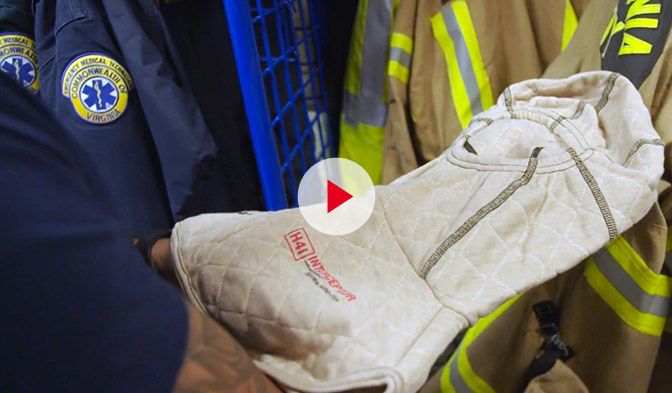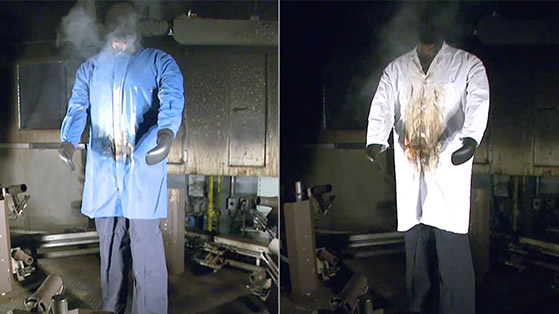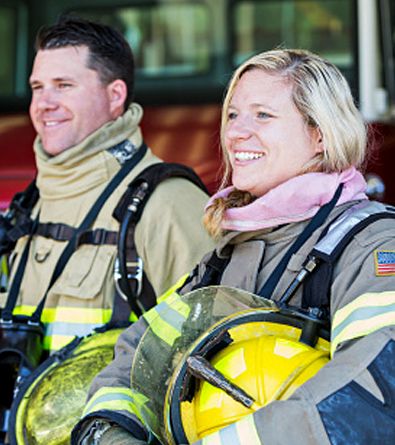After the flames: how FR workwear performs in an emergency
Heat & flame protection
Beat the heat with flame-resistant clothing
Fire is unpredictable. And deadly. That’s why workers who face on-the-job threats of fire and electric arc hazards rely on (FR) clothing made with DuPont™ Nomex®.
Every day around the world, in labs, on battlefields, in burning buildings and countless other hot spots, this advanced fiber helps keep millions of workers safe from extreme danger. The inherent protection of Nomex® fiber—protection that can’t be washed out or worn away—is an essential safeguard for emergency responders, military troops, police officers, scientists and industrial workers around the world, all who trust the durability and advanced flame-resistant properties of Nomex® to help bring them home safe.
Discover the Nomex® fabric portfolio for thermal protective
NEW! Nomex® Comfort with EcoForce™ Finish
Made with a water and chemical repellent finish that’s comprised of more than 50% bio-based materials and not manufactured with PFAS.
Nomex® Comfort
The unique fabric technology of Nomex® Comfort provides extreme performance in a lightweight, breathable fabric with built-in flame resistance.
Nomex® Essential
Nomex® Essential is a highly durable, protective fabric that helps minimize break-open and provides excellent heat and flame protection.
Tested for the hazards you face
Thermo-Man® is the world’s most advanced life-size thermal burn evaluation system. Our Thermo-Man® units use state-of-the-art technology to demonstrate the durability and superior flame-resistance Nomex® delivers compared to other FR solutions.









